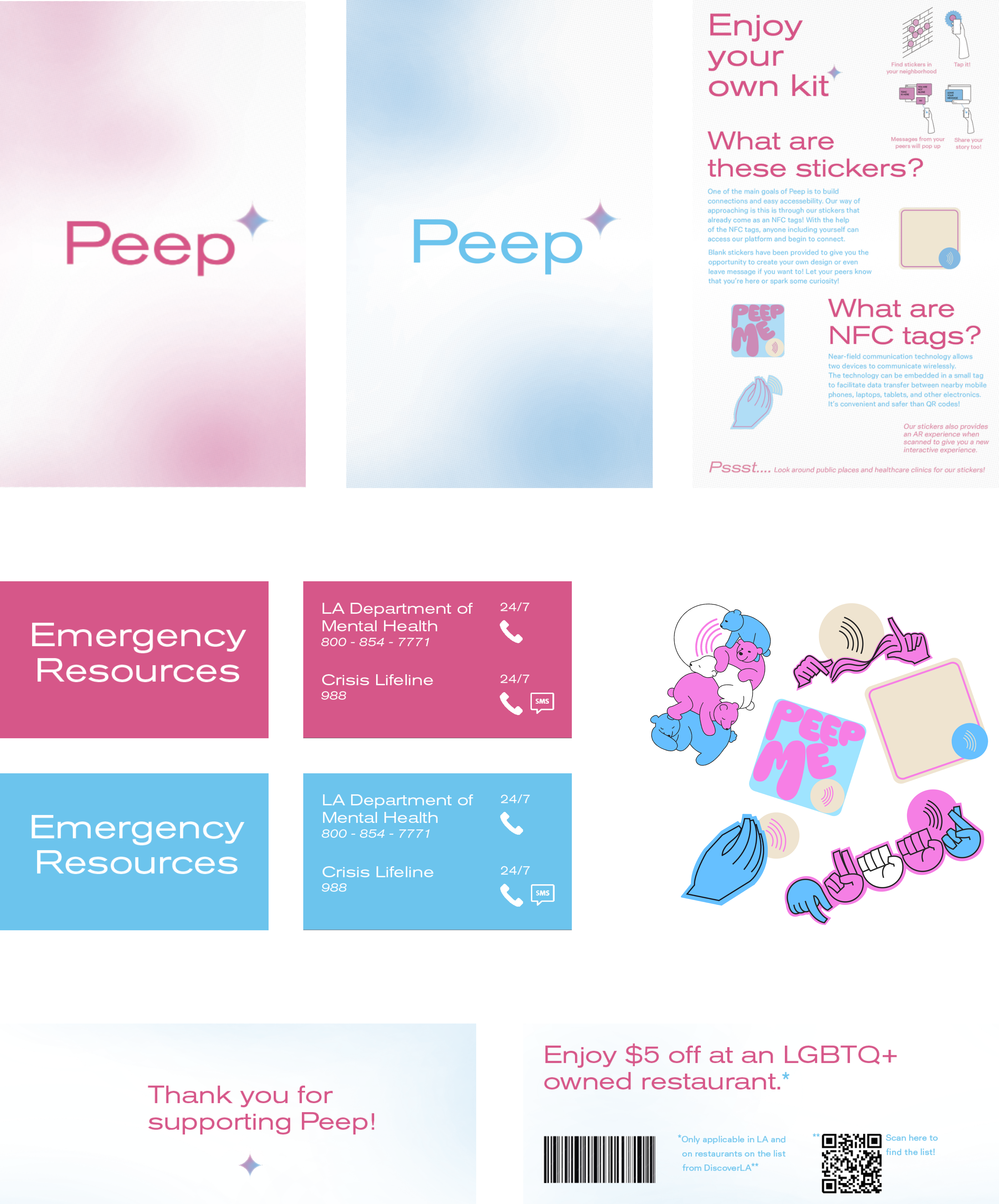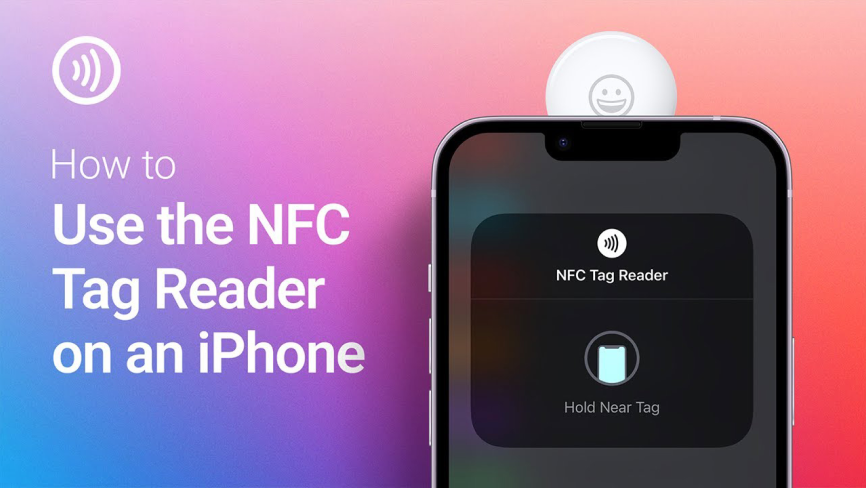
The advocacy and smoke cessation campaign for TGNC(Transgender&Non-confirming) communities

This project has been selected to showcase at the exhibition “Brushing Aside Tobacco: Painting a Brighter Future” for World Tobacco Advocacy Day.

Our Sponsor
The Tobacco Prevention Project team at Cedars-Sinai Research Center for Health Equality has been focusing on the relationship between tobacco consumption and LGBTQ+ communities. Through this project, they asked us to create a campaign that would encourage LGBTQ+ communities in LA's South Bay to become advocates for health justice, with a focus on tobacco use.
During the kickoff session with Cedars-Sinai team
They shared an overall snapshot of the issues involved with LGBTQ+ communities and tobacco use; big tobacco companies have historically targeted gay audiences who often view smoking as an expression of their sexuality and an outlet for everyday stresses. Also, tobacco use statistics - 85% of lung cancers are preventable - along with how big tobacco targets queer communities through aggressive advertising. “They are masters of marketing,” the Cedars team explained, and how Big Tobacco positioned itself as supportive of LGBTQIA+ back when other companies shied away from being inclusive. Moreover, they emphasized the importance of local policymakers taking a more proactive stand for their communities' health and trained advocates who can organize and build sustainable resources for them.
Our Focus Group
We as a team chose the TGNC(Transgender and Gender Nonconforming) community as our focus group. TGNC people have a gender identity that differs from their sex assigned at birth, meaning they require gender-affirming care and legal protection.

Problems they are facing

HOW IT WORKS
1. DISCOVER THE STICKERS
Find the stickers in your neighborhood to find your people.
It can be anywhere from the bathroom to the tip jar!

2. TAP ON 'EM!
Curious to see what happens? Just tap it!

3. BROWSE THROUGH MESSAGES
Find your peers in the neighborhood and see what messages they have left for you.
4. SHARE AND PARTICIPATE
Share your story and participate in remapping your neighborhood by evaluating the smoke exposure.
5. LEARN ABOUT THE POLICY
Learn about those who serve you, sign up the petitions, and use the templates to speak up your voice professionally.
Research
People have already been using stickers to represent themselves and something they like. Since we want people to connect in the community, we used stickers as a medium that might naturally draw interest and connections. Also, to prevent people not part of the community from accessing the platform, a sticker is a way to represent TGNC subtly.




Anti-LGBTQ bills introduced in state legislatures

Why Stickers?
People have already been using stickers to represent themselves and something they like. Since we want people to connect in the community, we used stickers as a medium that might naturally draw interest and connections. Also, to prevent people not part of the community from accessing the platform, a sticker is a way to represent TGNC subtly.

Promote Peep
To give out stickers and promote the platform, we made a "Peep Kit" that includes pamphlets, an emergency card, coupons for local LGBTQ+ owned restaurants, and stickers. By giving out the kits to LGBTQ+ organizations and medical centers, people can learn about Peep and get stickers to use and access the platform.


Technologies
People can access the platform by tapping on their mobile devices using the NFC technology for stickers. Also, by using AR technology, people can share Peep through their social media and this could be a unique way to connect and playful way to participate.

Interview Insights
After we had a first design iteration, we conducted a few rounds of interviews with people from the TGNC community to ask their thoughts on the design to see if this was the right way to approach mindfully and not expose them to people who are not our intention to use the platform.
• Instead of having a flag on the sticker to indicate what it is, using the color palette or having references that the group could understand what it means would be a nice and subtle way to do it.
• The initial visual language is more fit for young people, so we want to explore ways to cover a wider range by changing it to a more mature and toned-down design.
Design Iterations
Here's how we changed our design based on the feedback we got from the interviews.


Behind the Design
We wanted to think about how our design could be more meaningful and inclusive just beyond the aesthetic point.


The Peep logo is made out of intersectional areas of circles. Traditionally, gender was considered a binary that only consists of two categories and is immutable which is impossible to change once defined. However, we wanted to challenge that thought by this logo representing the intersectional identities of the TGNC and how those could form a new shape as a result.
Food for Thoughts
• How might we control what's being said in the chat, especially hate comments and inappropriate activities?
• How might we prevent the creation of another exclusive system while encouraging TGNC people to remap their neighborhoods?
• How might we mitigate unintentional harm to local businesses?
• How might we prevent people outside the community from using the platform?
Selected Works




